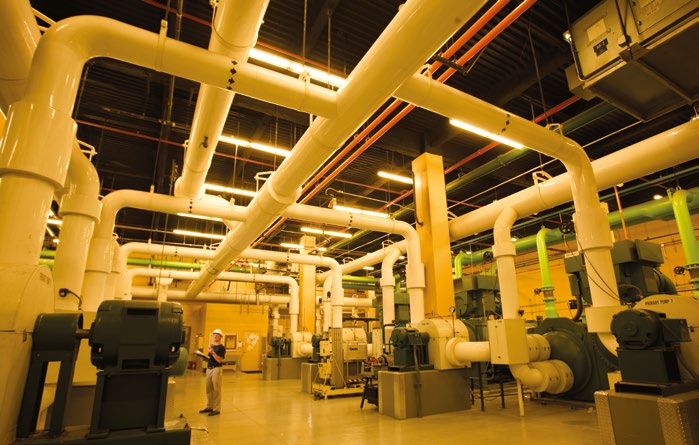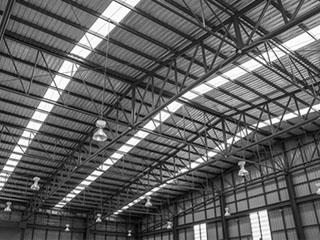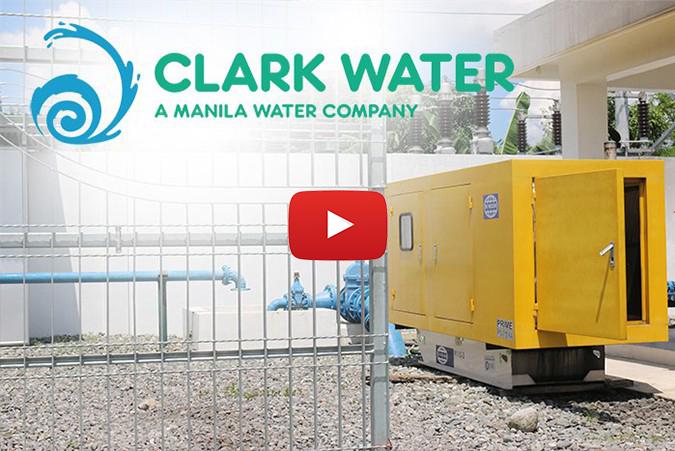Why use VFD (Variable Frequency Drive) for a Chiller Plant?
Installing a Variable Frequency Drive for your chiller plant will save energy, and reduce operational overhead and maintenance costs.
What is a VFD?
A VFD controls the frequency of the power-supplying AC motors, such as those found in the compressors of chilled water cooling systems. It controls the speed of the motor, adjusting the input frequency and voltage. The motors on compressors are sized for the maximum capacity of the system. However, they need to run at only a fraction of this capacity for the majority of the time. The VFD will match the motor speed to the demands being placed on the system.

How does a VFD benefit my chilled water system?
Why use a VFD? Based on sensor inputs, the VFD controller can make decisions as to how hard the compressor or fans on your chiller system need to work. If you cut the speed of a fan in half, you reduce the horsepower by a factor of eight! This is due to the fan power being proportional to the cube of the fan speed. Therefore, energy savings and efficiencies can often pay back the VFD cost in 12 months or less. In addition, the VFD can soft start the compressor, reducing the inrush current, and decreasing wear and tear on the compressor parts.
The greatest benefit to a chiller plant is in the optimization of the compressor motor. The main motor for a chiller compressor is usually large, 750HP and up. Most chiller compressors run the motor at full speed whenever on. This is where a Variable Frequency Drive can come into play.
During the course of the year, the chiller plant can be called upon with increased or decreased loads, depending on the outside ambient temperature. Seasonal changes place different load requirements on the chiller plant. The system will be sized for the maximum load demands
Not only are there energy-saving benefits to using the VFD, but there are maintenance savings as well. By running the compressor at slower speeds, you decrease the wear and tear of both the motor and the compressor.
Monitoring System with VFD
A monitoring system that tracks the suction pressure and other system variables can be used as inputs to the VFD controller, to make decisions as to what speed the system should be running. Controlling the suction pressure by adjusting the compressor motor speed is the simplest way to implement a VFD on your chilled plant system. The inclusion of additional inputs will further adjust compressor speeds for optimal performance. Considering not only suction line pressure but other variables can result in up to 50% energy reduction, compared to those systems that rely only on suction line pressure.
Cost Savings – Case Study
Siemens installed VFDs at the Mirage Casino and Hotel in Las Vegas. The Mirage has a cooling capacity of 9,600 tons. Using a chilled water plant that comprises of 6x 1,350-ton chillers. The result was a 200,000 kWh of electrical savings per month, and a decrease of over 400,000 lbs of CO2 emissions. Annual savings including reduced maintenance costs were estimated to be $1 million USD in the first year of operation.




